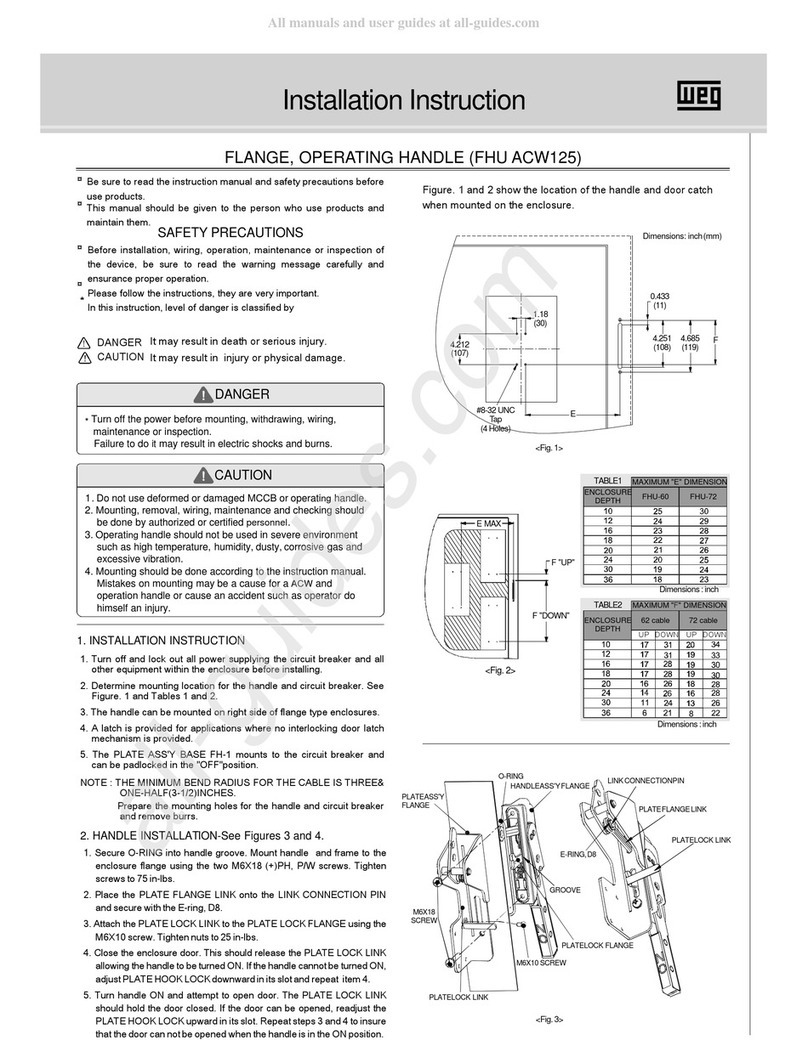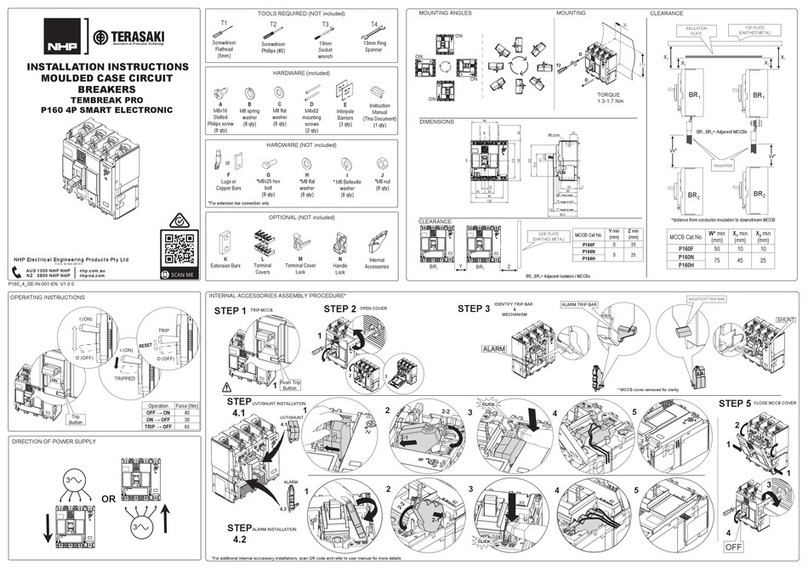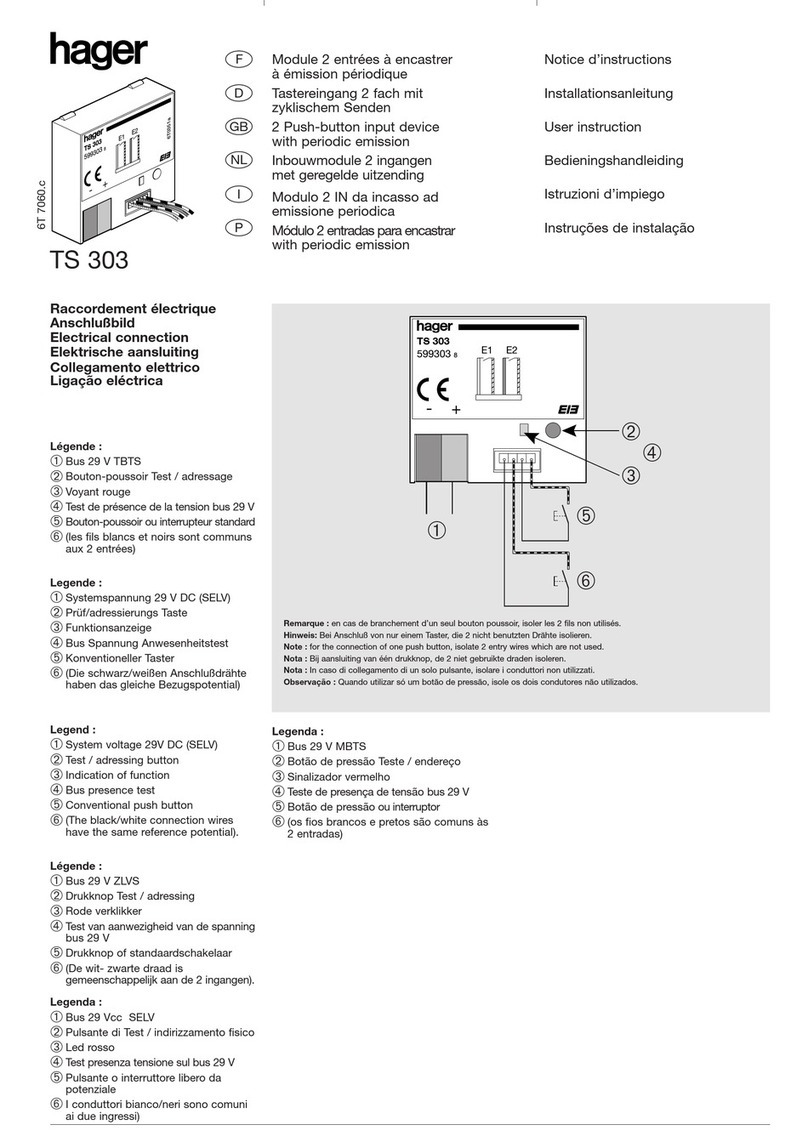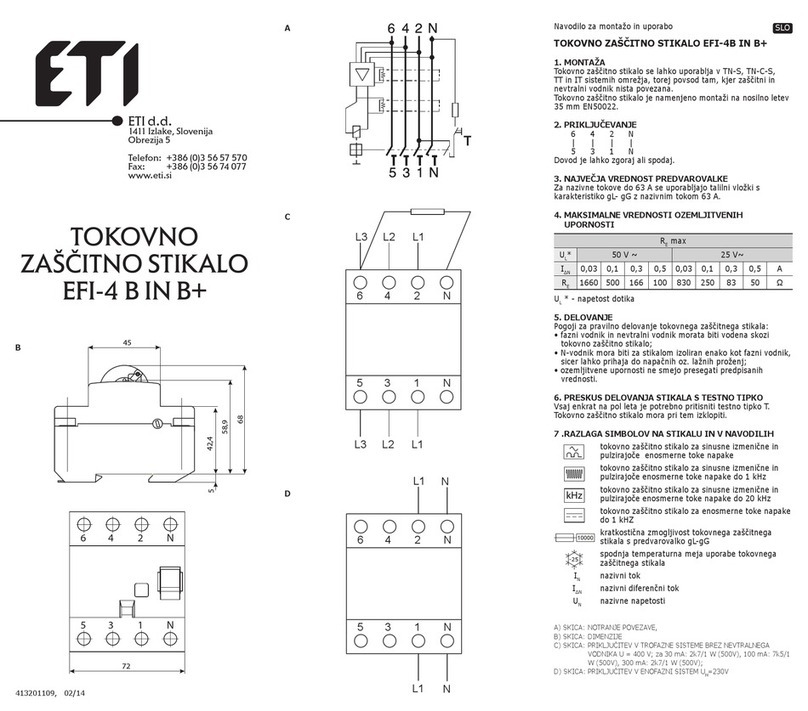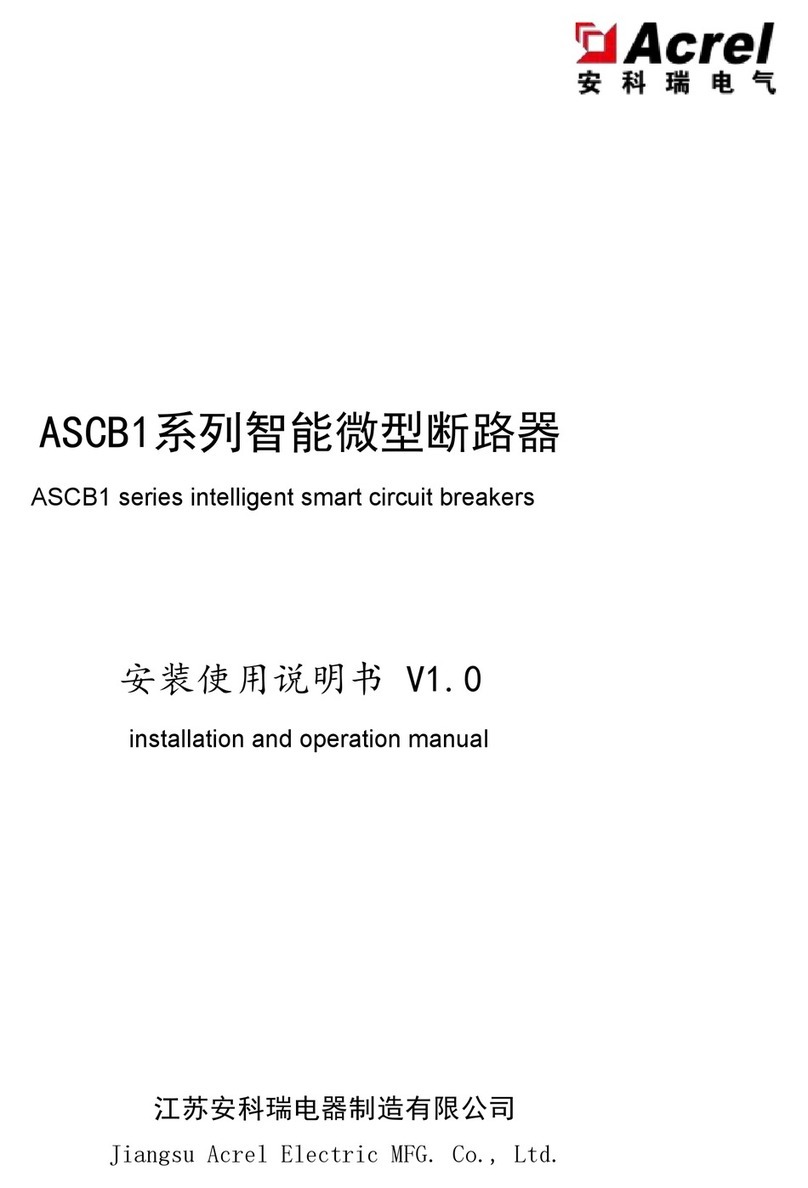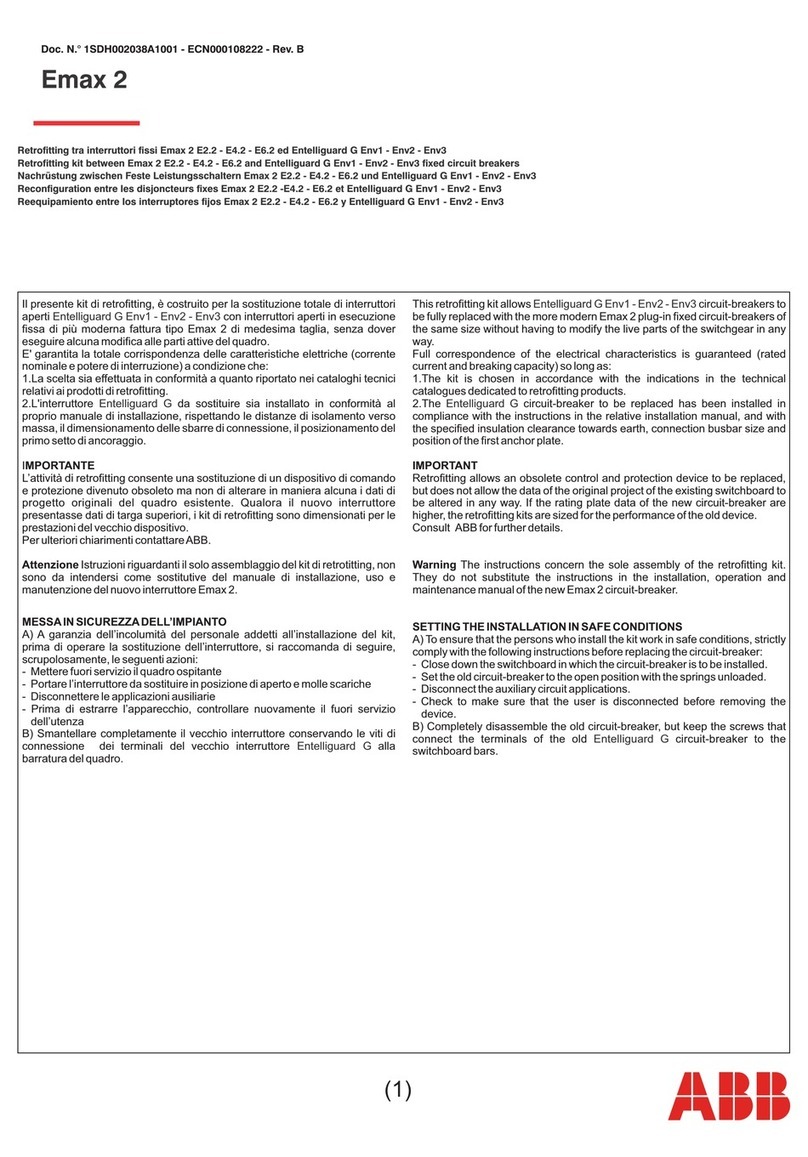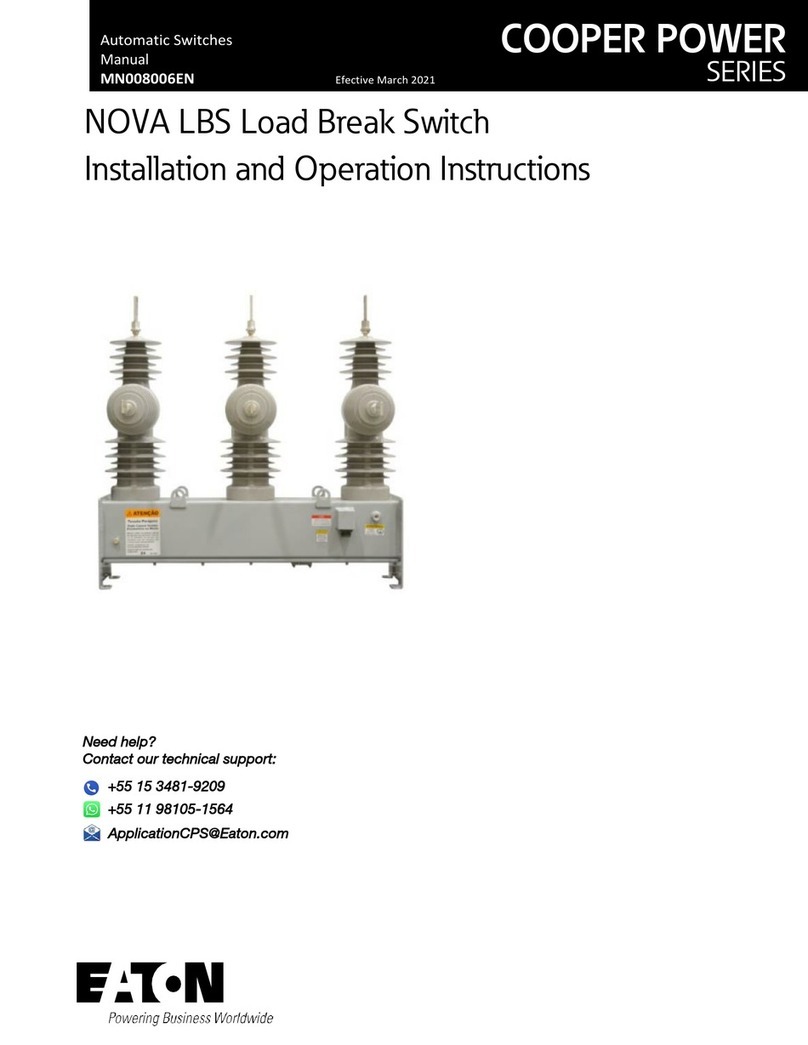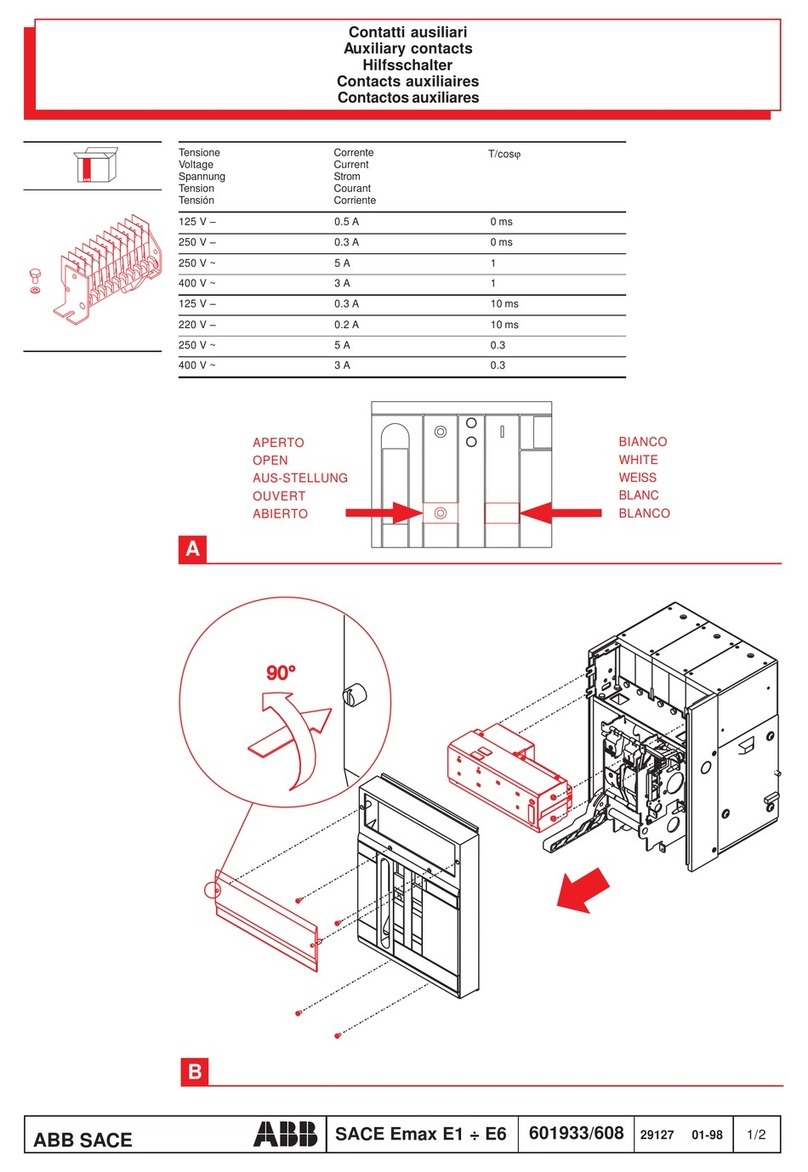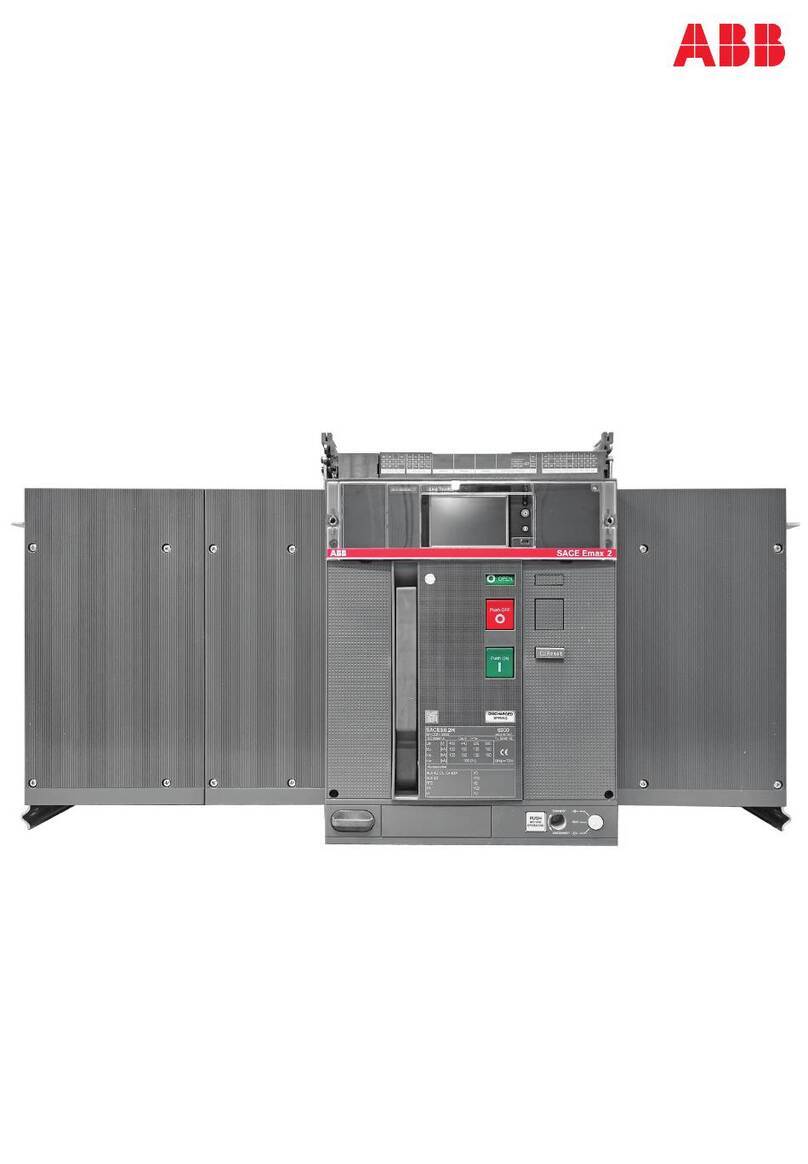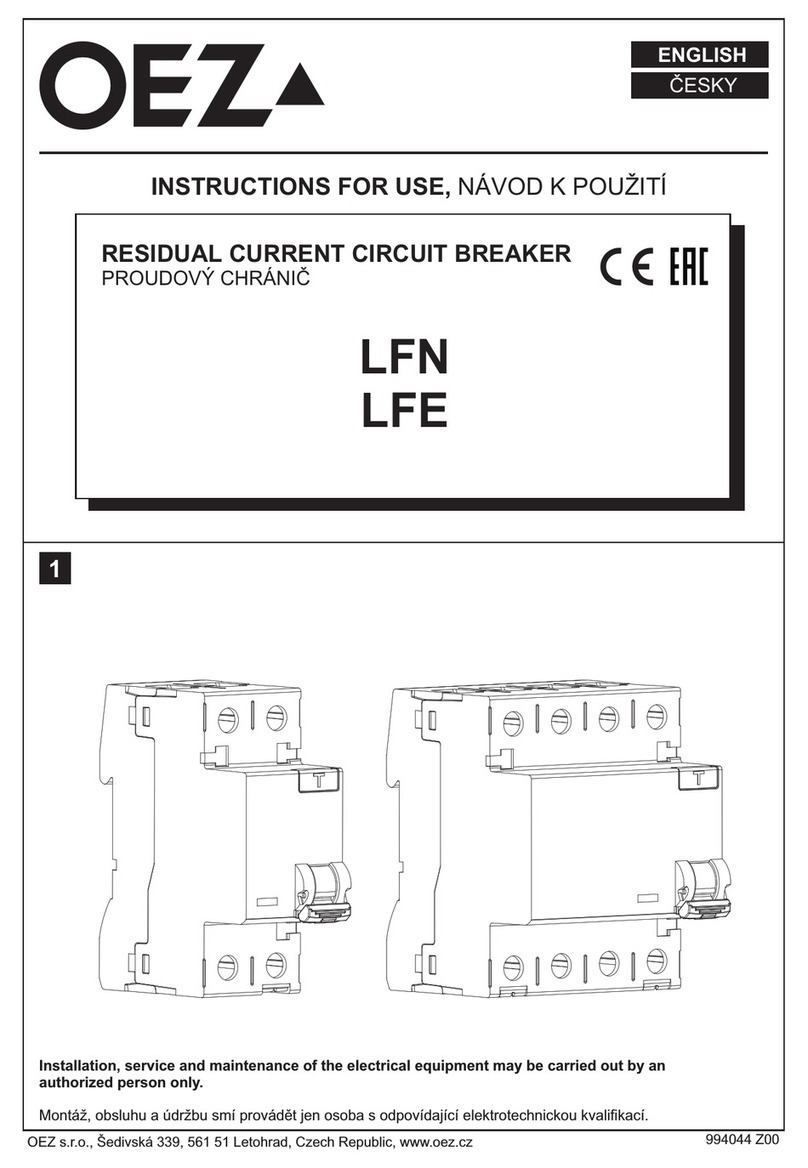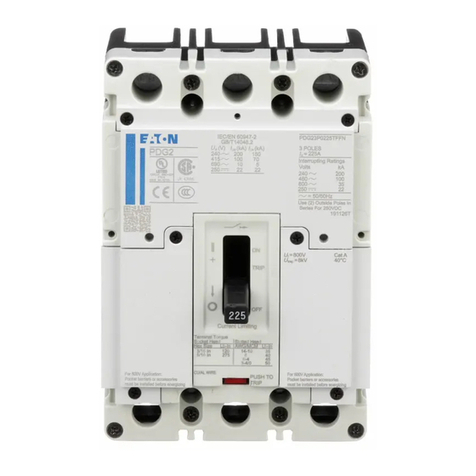
PISA-B-8CL2-B1
PISA-B-8CL2-B4
A r. 2021 / Rev. 0.1 DS-PISA-B-8CL2-Bx-xx-EN www. uls ower.com 1 / 19
All arameters are s ecified at 24Vdc in ut voltage, 8x3.75A out ut currents, 25°C ambient and after a 5 minutes run-in time unless otherwise noted.
ELECTRONIC FUSE
8X 24V, NEC CLASS 2
•Eight Current Controlled Out uts
•NEC Class 2 Com liant
•Ada tive Voltage-de endent Current Limitation for
Maximal Out ut Power According to NEC Class 2
•Selective Tri ing of Overloaded Channels
•Com atible even with large Ca acitive Loads
•Out ut Currents Dis layed Live on LED Matrix
•Remote Reset or Reset via Pushbuttons
•Common Signaling Relay Contact for Tri ed
Channels (PISA-B-8CL2-B1)
•Digital Coded Signal Out ut for Tri ed Channels
(PISA-B-8CL2-B4)
•Parameter Settings can be Locked by PIN-Code
•ON/OFF Feature for Each Individual Out ut
•Easy Wiring - Distribution Terminals for Negative Pole
•3 Year Warranty
GENERAL DESCRIPTION SHORT-FORM DATA
The PISA-B devices are DIN rail mountable
eight channel rotection modules with integrated
electronic fuses for 24V systems. They distribute the
current from one large ower source to eight NEC
Class 2 out ut circuits, which results in reduced fire
safety efforts and easier regulatory testing as well as
a roval rocesses for the end equi ment.
Channel 1 and 2 are o timized for loads with large
in ut ca acitances. Connect such loads to these
channels to avoid false tri ing or unex ected switch-
off such loads.
The PISA-B-8CL2-B1 is equi ed with a common
tri ing signaling relay contact that re orts tri ed
channels, while the PISA-B-8CL2-B4 has a digital coded
signal out ut built in for this function.
All PISA-B devices are equi ed with ush-in
terminals, which are o timized for automated wiring.
The mechanically robust housing is made of a high-
grade, reinforced molded material on the front and
of an aluminum body, which ermits surrounding
tem eratures u to +70°C.
In ut voltage DC 24V -20%/+25%
Required in ut voltage
for turning-on of out uts
19.6Vdc
In ut current 40A
Internal consum tion 40mA PISA-B-8CL2-B1
35mA PISA-B-8CL2-B4
Nominal out ut current 3.75A Per channel
Current limitation 5.7A CH1 and CH2
50A CH3 to CH8
Tri ing characteristics Slow or Fast Selectable
Tri ing delay
CH1-CH2 2ms – 1.1s At short circuit
CH3-CH8 <10ms At short circuit
CH1-CH8 1.1s For slow tri ing at 1.5x
nominal current
CH1-CH8 0.22s For fast tri ing at 1.5x
nominal current
Max load ca acitance ca ability
CH1-CH2 100mF Per channel
CH3-CH8 20mF Per channel
Voltage dro er channel
CH1-CH2 45mV For 3.75A load
CH3-CH8 60mV For 3.75A load
Standby losses 1W
Power losses 7W At 8x 3.75A load
Tem erature range -25°C to 70°C
Size (w x h x d) 52x124x130mm Without DIN rail
Weight 370g / 0.82lb
ORDER NUMBERS MAIN APPROVALS
Description: Electronic Fuse PISA-B-8CL2-Bx-xx
Order Number:
PISA-B-8CL2-B1 Common signaling relay contact
PISA-B-8CL2-B4 Digital coded signal out ut
Accessories:
BUS-BA 1-L102: A set for 2 modules
BUS-BA 1-L155: A set for 3 modules
BUS-BA 1-L500: Single iece L=500mm
For details and a com lete a roval list, see cha ter 20.
UL 2367 UL 61010-2-201 IEC 61010
IEC 62368 lanned
